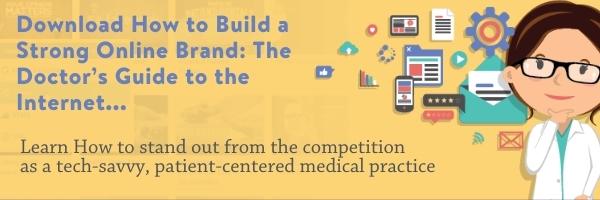April is Women’s Eye Health and Safety Month—the perfect time for outreach and education
Women make up two-thirds of the world’s population of blind and visually impaired people. Women also account for 65 percent of people with age-related macular degeneration (AMD), 61 percent of people with glaucoma, and 61 percent of people with cataracts, according to the non-profit organization Prevent Blindness. Dry eye disease is also more common in women than in men.
Many of your female patients may not be aware of their increased risk of eye and vision problems, or whether there’s anything they can do about it. Given that April is Women’s Eye Health and Safety Month, it’s a good time to reach out and educate patients about what they can do to keep their eyes healthy.
The top eye conditions affecting women
Why are women at greater risk than men? According to the National Eye Institute (NEI), “Women have greater instances of eye disorders because they tend to live longer, are more likely to undergo certain cancer treatments that may affect vision, and experience normal age-related hormonal changes that may affect their eyes.” Callout: Women have a higher risk for certain eye conditions, including AMD, glaucoma, cataracts, and dry eye. Here are some resources to share with your female patients and their families.
Age-related macular degeneration (AMD) is a leading cause of vision loss and irreversible blindness for those aged 60 years and older that affects as many as 11 million people in the U.S.—a number that is expected to double by 2050, according to research from the BrightFocus Foundation. As eye doctors know, AMD is the deterioration of the center of the retina, called the macula—the part of the retina responsible for our central vision. The loss of this type of vision makes many typical daily activities difficult or impossible: driving a car, reading a recipe, watching TV, or recognizing a loved one’s facial expressions. This video can help explain AMD to patients and caregivers, and show them how a typical person with AMD sees the world.
Glaucoma is a leading cause of blindness that can affect people of any age. Older adults and African Americans are particularly at risk. And yet, of the 3 million Americans who have glaucoma, half don’t know it. Glaucoma—a condition in which pressure in the eye damages the optic nerve—may have no symptoms at all in its early stages. This video can be a good first step to raise glaucoma awareness.
Cataracts are the most common cause of vision loss and the leading cause of blindness for people all over the world. Age-related clouding of the eye’s lens affects more than 24.4 million Americans age 40 and older, according to the American Academy of Ophthalmology (AAO). And yet, myths persist about this common condition, including that cataracts only affect seniors, the condition is untreatable or “grows back.” Let patients know about the latest treatment options, and that modern surgical techniques are not painful or risky. This video can help.
Dry eye disease, while not vision-threatening, is a source of great discomfort and hassle for nearly 3 million women in the U.S. age 50 or older, according to the NEI. Like other conditions mentioned above, women may not know their symptoms have a name or treatment. They also may not know that they can experience dry eye temporarily during pregnancy or as they get older, as a result of hormone changes, or that contact lens wearers are more prone to dry eye. Patient education is key to addressing this growing condition with your female patients.
How to protect the eyes and prevent vision loss
As eye doctors know, most vision loss is preventable if caught early enough. Let patients know that early detection by an eye care professional is vital. Regular comprehensive eye exams are the best way to stay on top of your eye health. It’s also important to let patients know there are a number of things they can do themselves to keep their eyes healthy.
Share these tips for better eye and overall health with your female patients. Most caregivers and health care decision-makers are women.
Consider sharing the NEI’s tips, 8 Things You Can Do Right Now to Protect Your Vision. (It is also offered in Spanish.) They include:
Know your family history. Certain eye diseases are hereditary. Having a close relative with AMD means you have a 50 percent chance of developing this condition, according to the AAO, and a family history of glaucoma increases your risk by four to nine times. This is valuable information for patients to share with their eye doctor.
Improve your overall health. Certain risk factors that contribute to vision problems can be changed if patients are made aware of them. For instance, smoking, obesity, and high blood pressure can damage the retina and increase the risk of numerous conditions. Advise patients to stop smoking, eat healthy foods, and exercise.
Wear sunglasses. Yes, spending time outside is good for you and can have a positive impact on certain eye conditions like myopia, a growing concern for young patients. But exposure to ultraviolet light raises the risk of eye diseases including AMD, cataracts, and cancer. Encourage patients to always wear sunglasses with 100 percent UV protection when they are outdoors, even on cloudy days. Patient education is key to raising awareness of vision-threatening eye conditions among all your patients, but especially women. Most caregivers are women, and mothers, in particular, are the primary health care decision makers for their children and families, according to the U.S. Department of Labor.


